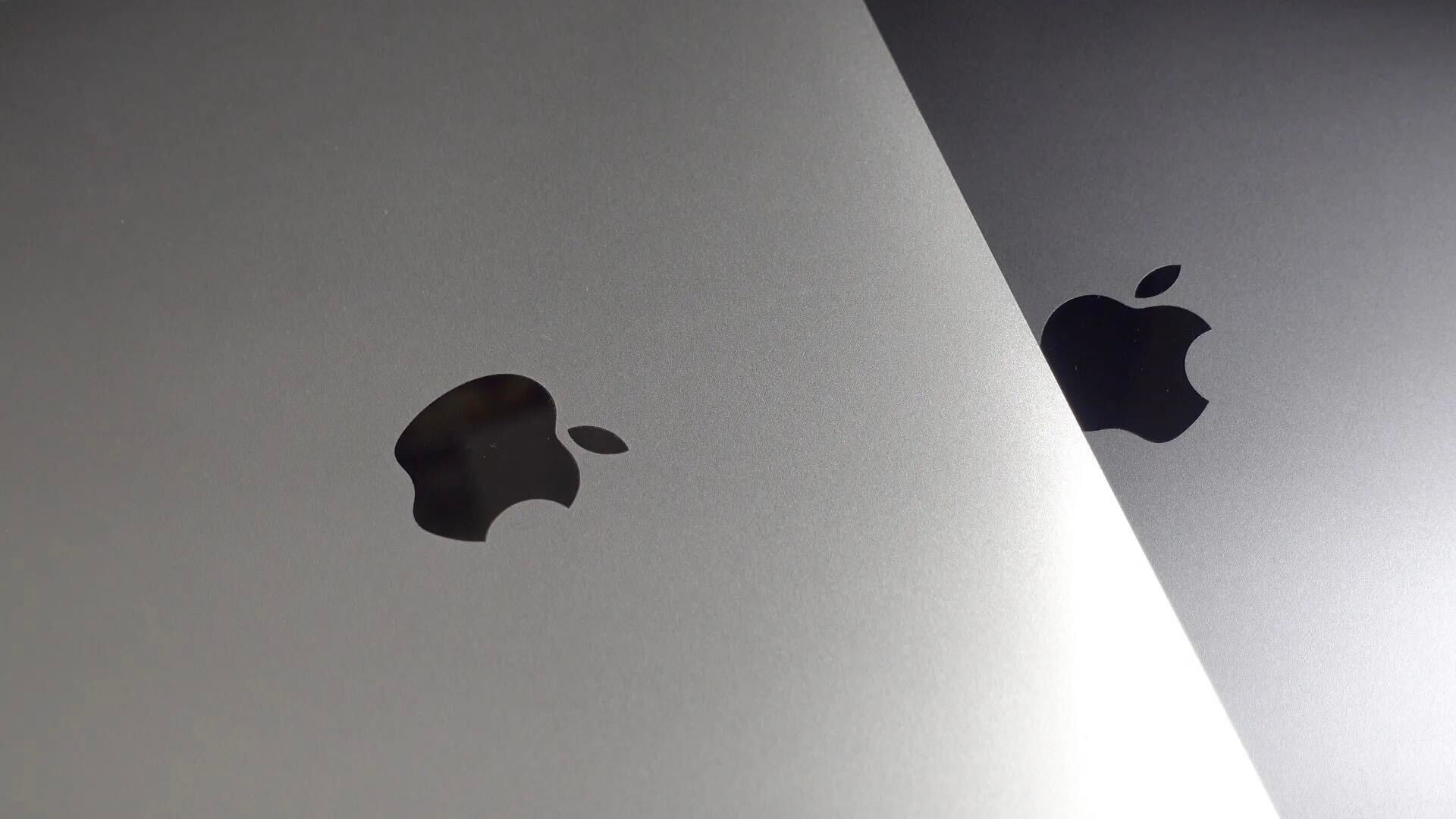
Today we will be taking a look at how to wirelessly transmit MIDI data to and from your iOS devices. And more specifically, how to easily integrate iOS gear into your daily Logic Pro X production workflows.
It seems like almost a waste to have Logic Pro X sitting in front of me along with this awesome iPad gear, only to leave them as separate entities or recording/sound design environments. We have also been looking at some interesting ways to bring the world of iOS into our live synth setup. So it’s time to bring it all together with no strings attached. Why not add all of your iOS gear to your list of instrument and sound options while creating your serious projects on the desktop?
First thing’s first, ensure your Mac and iOS device(s) are connected to the same wireless network (like your typical home network). Next we will need some awesome iOS instruments that support Network MIDI. I highly suggest Animoog, Sugar-Bytes Unique or Thor, but there are many others. Hit us up in the comments below with some of your favs.

1. Open the Audio MIDI Setup Utility on your Mac
Launch the Audio MIDI Setup Utility from within OS X’s Utility folder (Finder>Applications>Utilities>Audio MIDI Setup). Then we press Command + 2 to open the MIDI Studio page (or navigate to Window>Show MIDI Studio). From here we can see all of the MIDI connections available to us in our virtual studio and in turn, the options made available to us inside of Logic Pro X.

2. Configure the Network module with your iOS device
You’ll see a module on the MIDI Studio page labelled Network. Double click to find the window seen above. From here you should already see your iOS devices (in my case Justin’s iPhone) on the shared network, along with something labelled “Session 1”. Highlight the iOS device of choice and then hit the Connect button.

3. Configure your iOS app off choice for the Network Session
Now, open your app of choice on your iOS device and navigate to the settings or setup options. Somewhere in here (all apps are slightly different), you’ll see something called MIDI connections or MIDI setup or MIDI input. We want to choose “Network Session 1” as the MIDI input. If there is a MIDI channel option as well, you can leave it on MIDI channel “1” or “omni” for now.
Now this instance of the iOS instrument is ready to listen for incoming MIDI data from our Logic Pro X session.
This is for sending MIDI data from Logic to iOS, but you can essentially reverse the process by configuring the app’s MIDI output settings, as opposed to the input options.
4. Open Logic Pro X and create a track for your iOS instrument
Open up your Logic Pro X session and hit New Tracks… from the Tracks menu along the top menubar in Logic. Or hit Option + Command + N.
Make a new External MIDI track and choose Network Session 1 in the top right most pull-down menu as seen above.

5. Monitoring/Recording your iOS gear in Logic Pro X
Now, we have to plug in our iOS device. For anything with a headphone jack on it, this is as simple as plugging the device into the audio interface we are using in our Mac setup with a typical audio cable.
For iPhone 7 users, the easiest option is likely a small adapter to bring audio out of the Lightning jack. Apple’s $9.99 Lightning-to-3.5mm Headphone Adapter is a great option along with its iPhone Lightning Docks.
Just as a quick refresher, Simply set the audio input on the newly created External Instrument track to correspond to the physical input you plugged your iOS device in to on your audio interface.
Double click the External Instrument on the Channel Strip/track you just created to bring up its UI (pictured above).
In my case, my iPhone is plugged into Input 5 on my Mac’s interface, so I’m choosing audio “Input 5” on the External Instrument, as you can see above. You can get a complete breakdown on preparing tracks for recording in episode 2 of our Logic Pros 101 feature.
Now we are sending MIDI from a track on Logic out to our iOS gear, and then monitoring it on the same track. We are essentially using our iPhone and iPad synths/instruments just like any other built-in software instrument we use on the Mac. Nice.
For more details and a complete rundown, head over to our feature on how to setup and record with the Logic Pro X External Instrument plug-in.

Creating a dedicated network
While I have found the above steps to work perfectly, some of you may find better results with the wireless transmission after creating a dedicated network. Simply hit the Wi-Fi icon in the top toolbar on your Mac and and the “Create Network”. The settings should be fine but take note of the name and just hit “Create”. Now make sure the iOS device you want to use for MIDI is set to the same network in its Settings options, and then follow the same steps as above. But like I said, I didn’t find any need to do this in my tests.
For more Logic Pros stay locked to 9to5Mac. Here’s this week’s biggest news in music production, our latest review on the network MIDI-enabled Unique iOS synth from Sugar-Bytes and our top picks for the best MIDI keyboards for Mac in 2017.
See anything cool in the world of music production we missed? Let us know in the comments below.
The Logic Pros are: Justin Kahn and Jordan Kahn, who also front Toronto-based electronic/hip-hop group Makamachine.
Want more Logic Pros? Check out the archives here and stay tuned for a new installment each week in 2017.
FTC: We use income earning auto affiliate links. More.







Comments